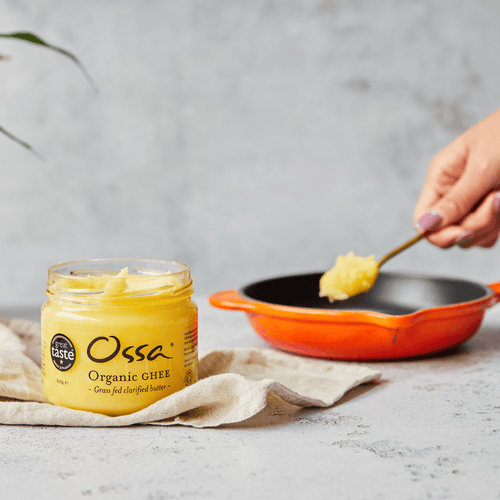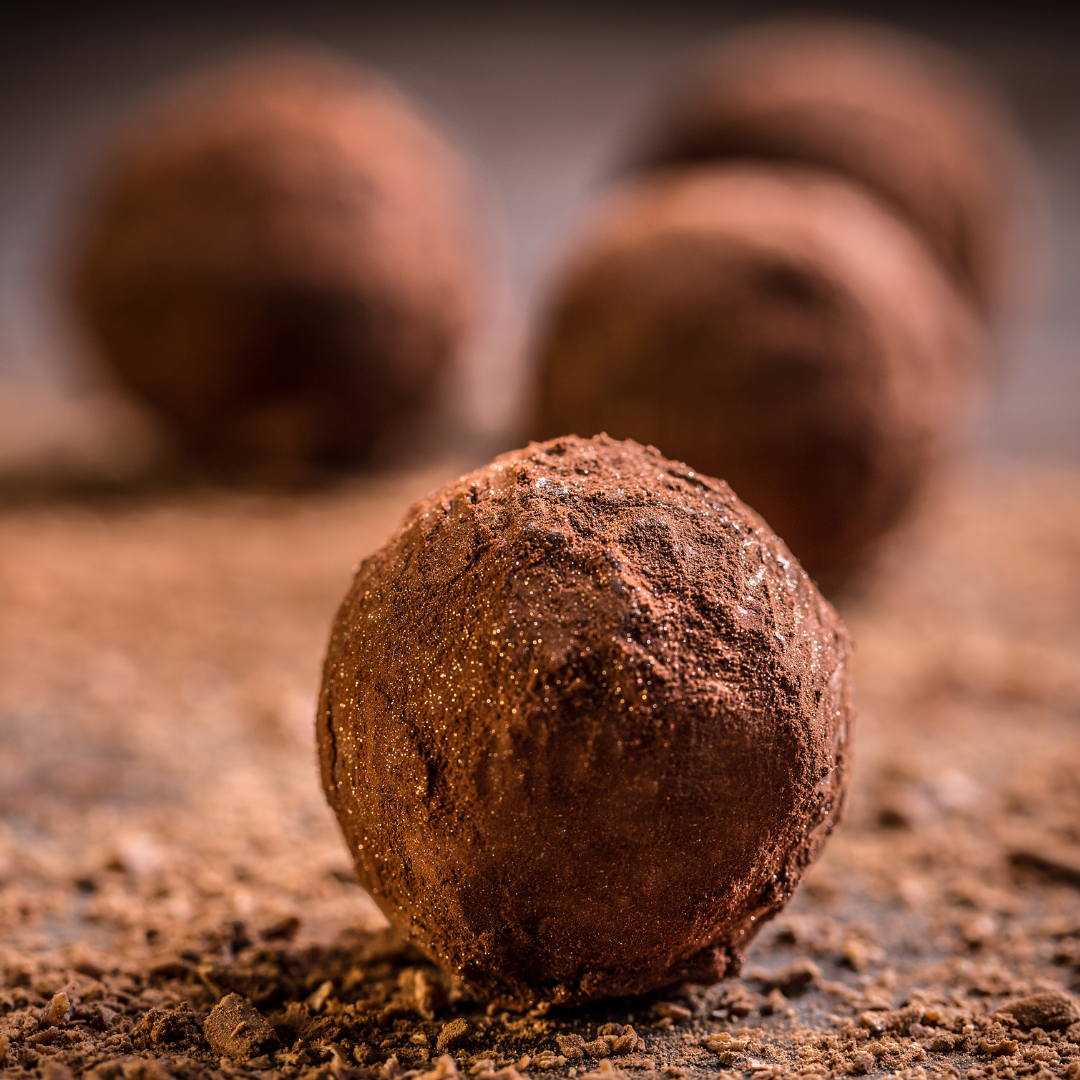During the busiest time of the year, with the best and most significant discounts automatically applied, please note that discount codes and free shipping are not available during this period
In the world of dairy fats, the choice between Ghee and Raw Butter can be a pivotal one. Both offer unique qualities that cater to specific dietary needs and culinary preferences. Understanding the nuances of these two dairy powerhouses is crucial for making an informed decision.
At Ossa, we are passionate advocates for embracing the pure, unadulterated goodness of raw dairy. Raw butter, in its unprocessed form, stands as a testament to the wholesome nourishment that nature provides. However, we understand that accessibility to raw dairy isn't always feasible.
In this blog, we'll embark on an educational journey to explore the differences between Ghee and Raw Butter, ultimately helping you determine which one deserves a prominent place in your pantry.
The Clarification Process:
Ghee and Raw Butter start from the same origin: butter. However, they undergo distinct processes. Ghee is the result of meticulously simmering butter and removing the milk solids. What remains is a pure, golden liquid with a rich, nutty aroma.
Raw Butter, on the other hand, is the cream separated from milk, minimally processed to preserve its natural nutrients. Understanding these processes sets the stage for comprehending their respective benefits.
Nutrient Density:
While both Ghee and Raw Butter are nutritional powerhouses, Ghee holds an edge due to its intensified nutrient density. The clarification process not only concentrates the flavor but also enhances the concentration of fat-soluble vitamins like A, D, E, and K. These vitamins play pivotal roles in immune support, bone health, and skin nourishment. For those seeking a potent nutrient boost, Ghee emerges as the front-runner.
Lactose and Casein Content:
For individuals with dairy sensitivities, the choice between Ghee and Raw Butter is clear-cut. Ghee undergoes a meticulous clarification process that almost entirely eliminates lactose and casein, common culprits of dairy-related discomfort. This makes Ghee more digestible for many, offering a source of healthy fats without the digestive distress that can accompany whole butter.
Culinary Versatility:
Ghee's high smoke point makes it an unrivaled contender for high-heat cooking methods like frying and sautéing. Its stability under high temperatures means it won't break down into harmful compounds, ensuring that your culinary creations are both delicious and nutritious.
Raw Butter, while a delightful ingredient, is best reserved for lower-heat applications to preserve its delicate flavor profile.
Flavor Profile:
The clarification process imparts Ghee with a rich, nutty taste that elevates any dish it graces. This distinct flavor profile makes it a versatile ingredient, equally adept at enhancing savory and sweet creations.
Raw Butter, on the other hand, carries a milder, creamier taste that is best enjoyed in its purest form, perhaps spread over warm toast.
In the Ghee vs. Raw Butter face-off, the winner ultimately depends on your dietary preferences, culinary needs, and health goals.
Ghee's intensified nutrient density, lactose-free nature, and high smoke point make it a powerhouse for high-heat cooking.
Raw Butter, with its minimal processing, shines when a delicate, creamy flavor is desired. Understanding the distinctions between these two dairy fats empowers you to make an informed choice.
Whether you're seeking nutrient density, digestive ease, or culinary versatility, both Ghee and Raw Butter offer valuable contributions to your culinary repertoire.





